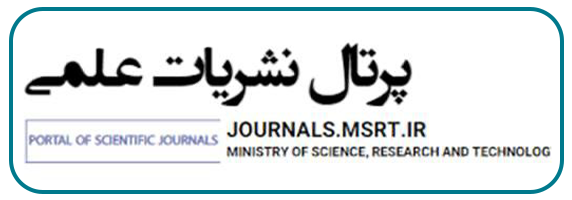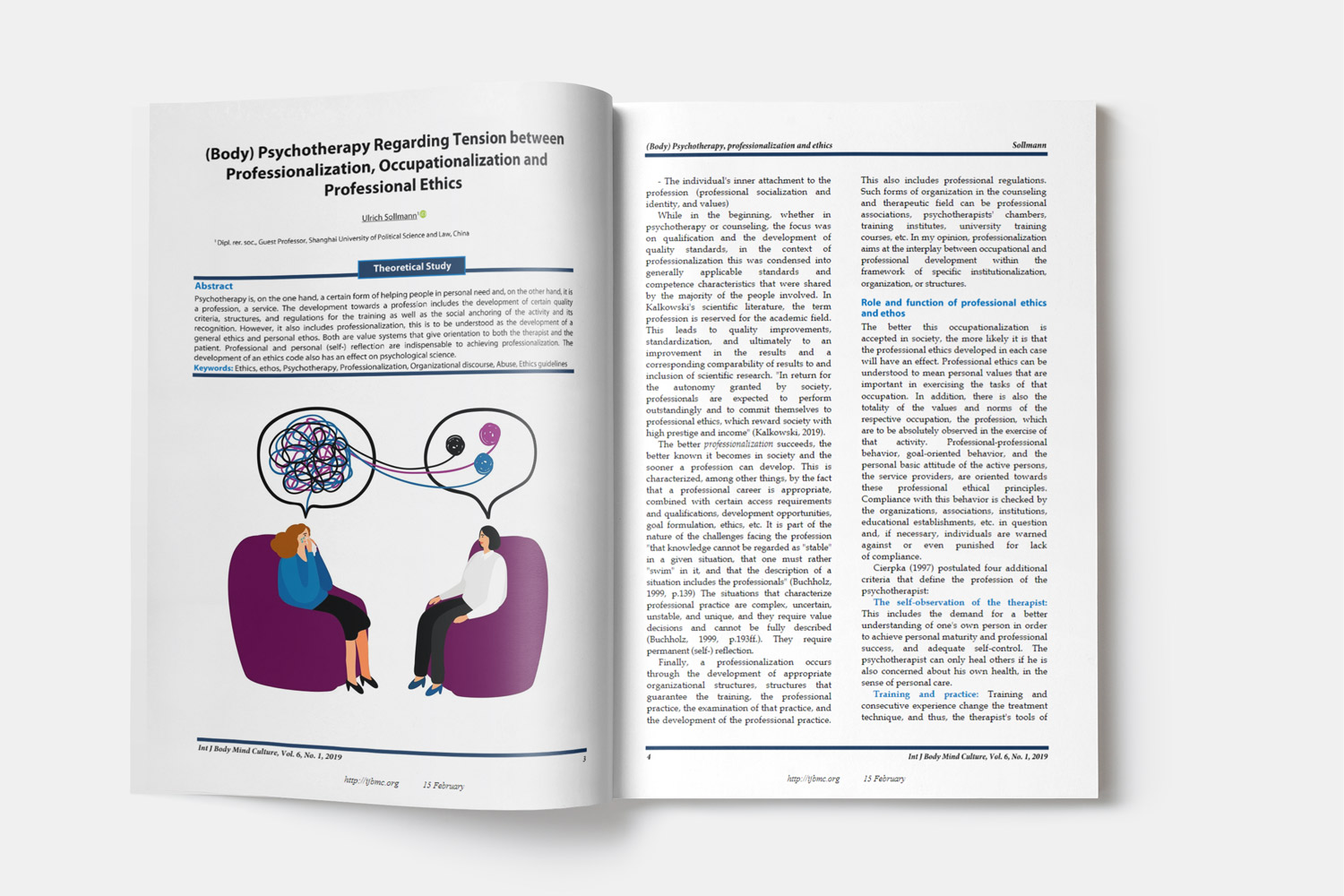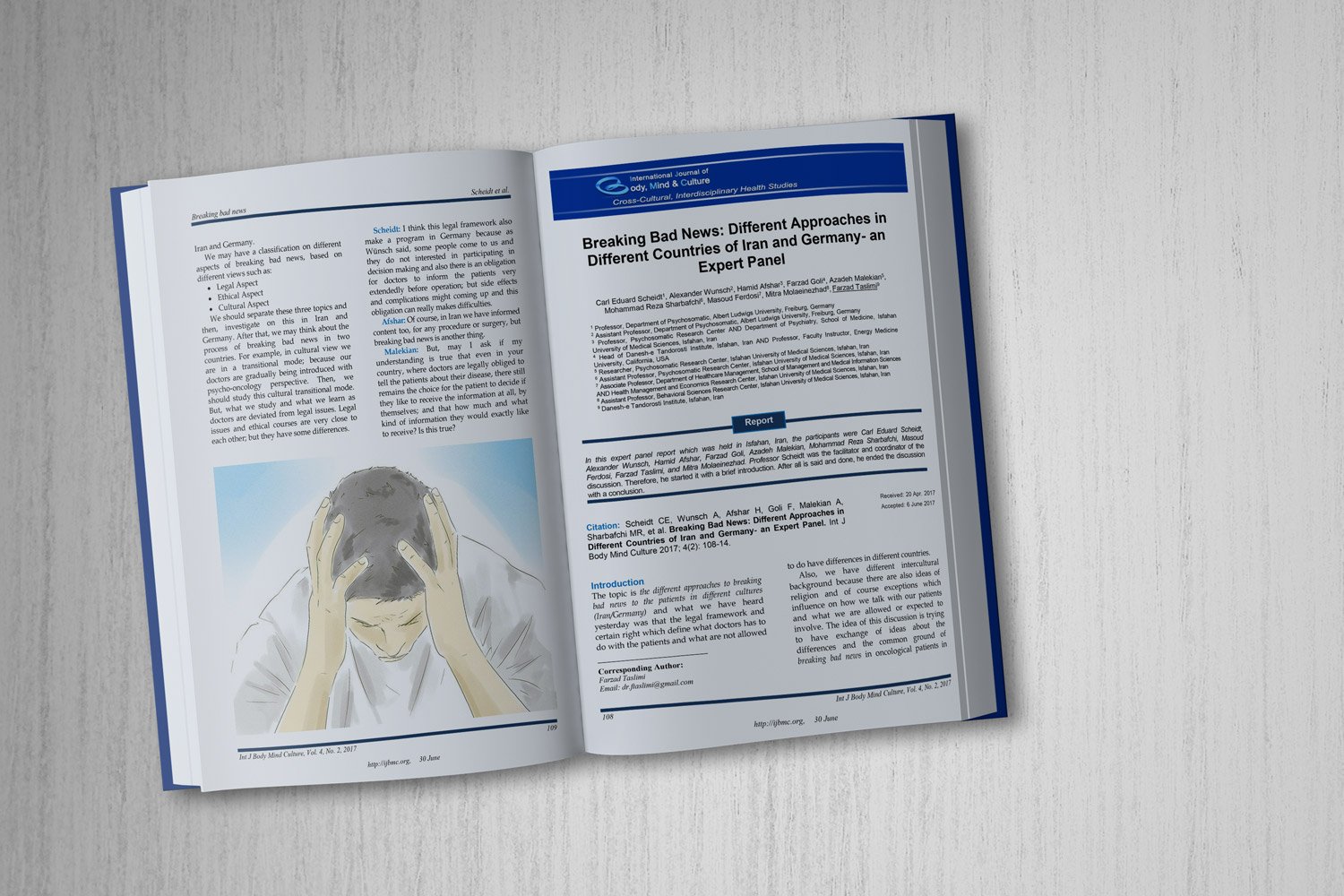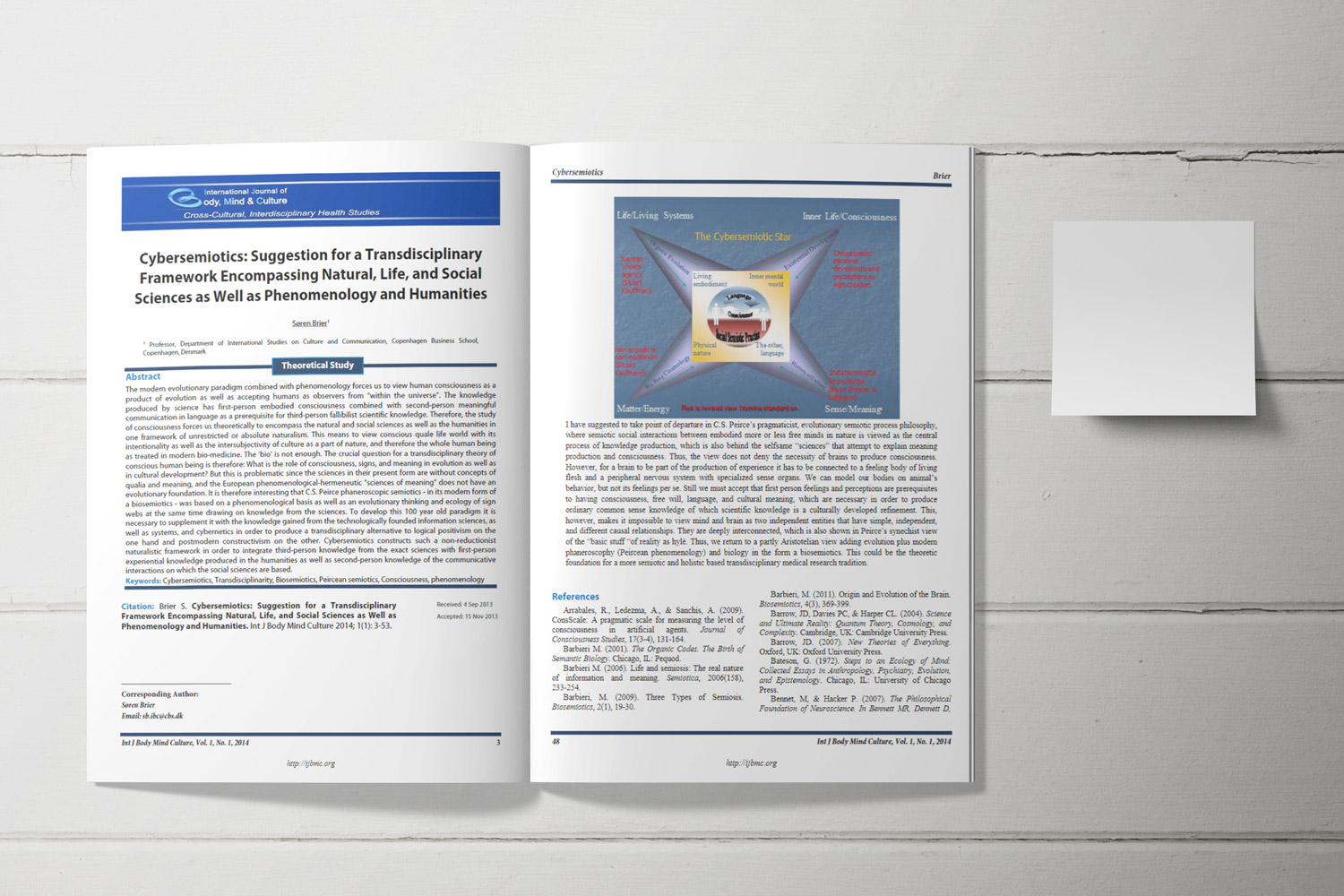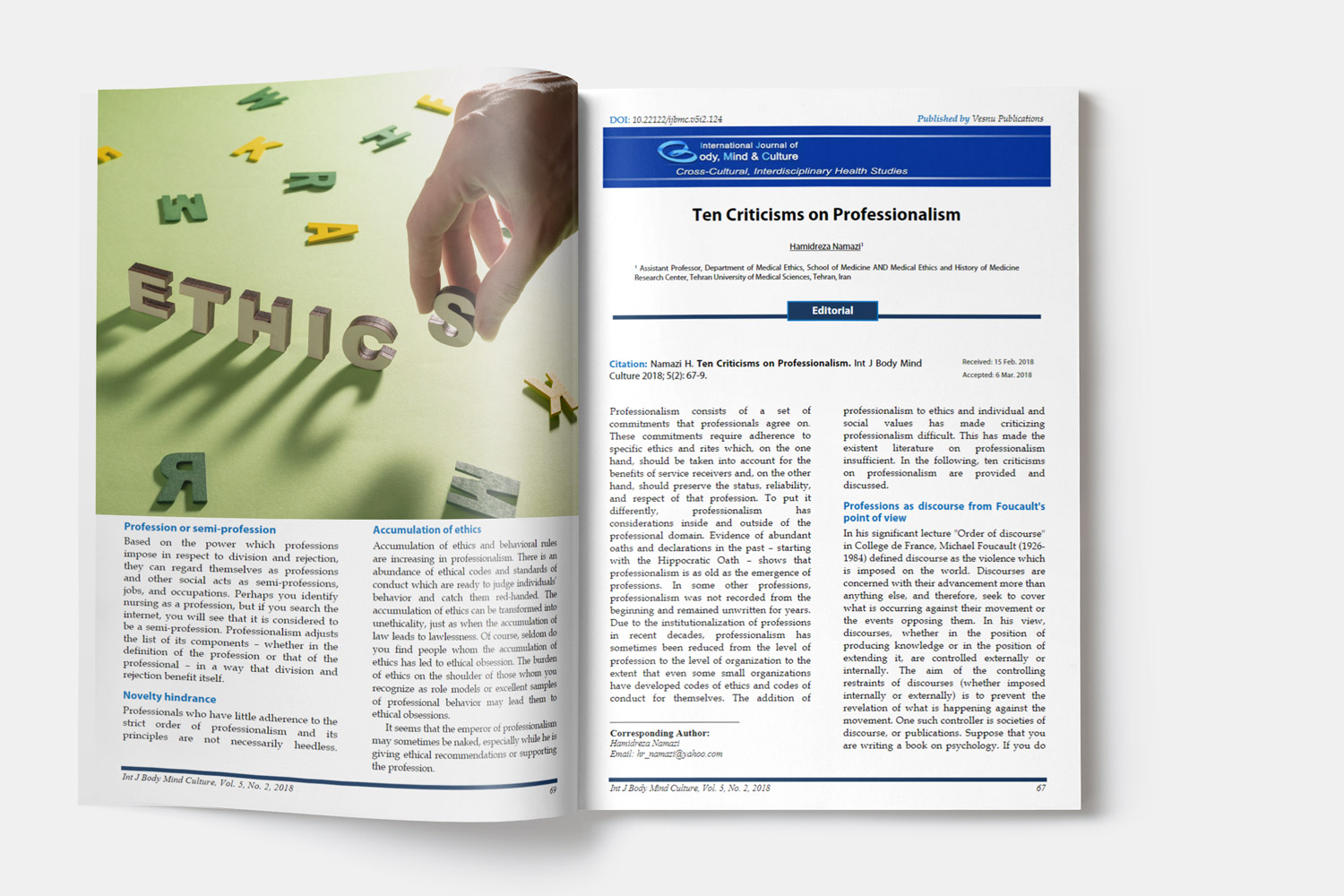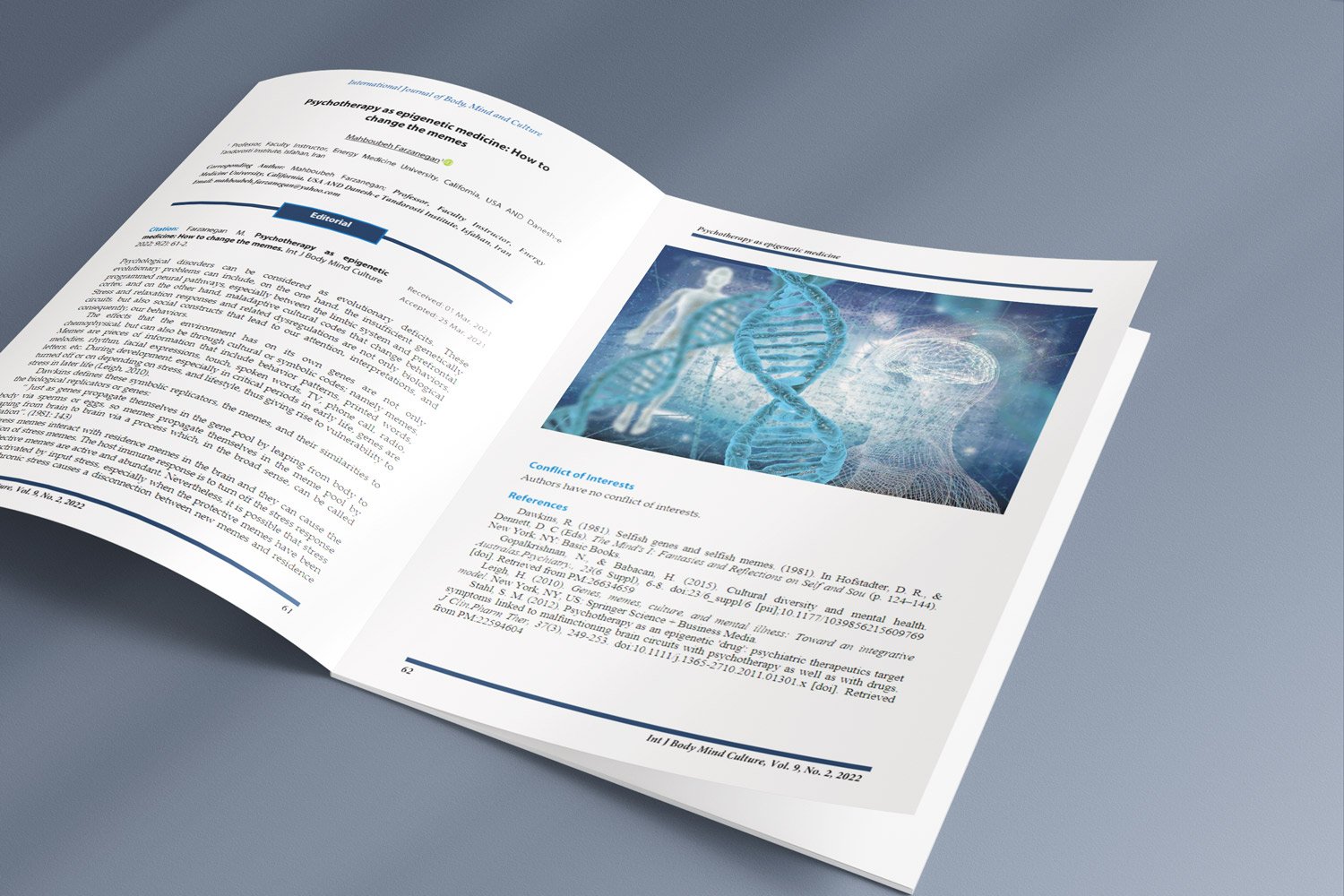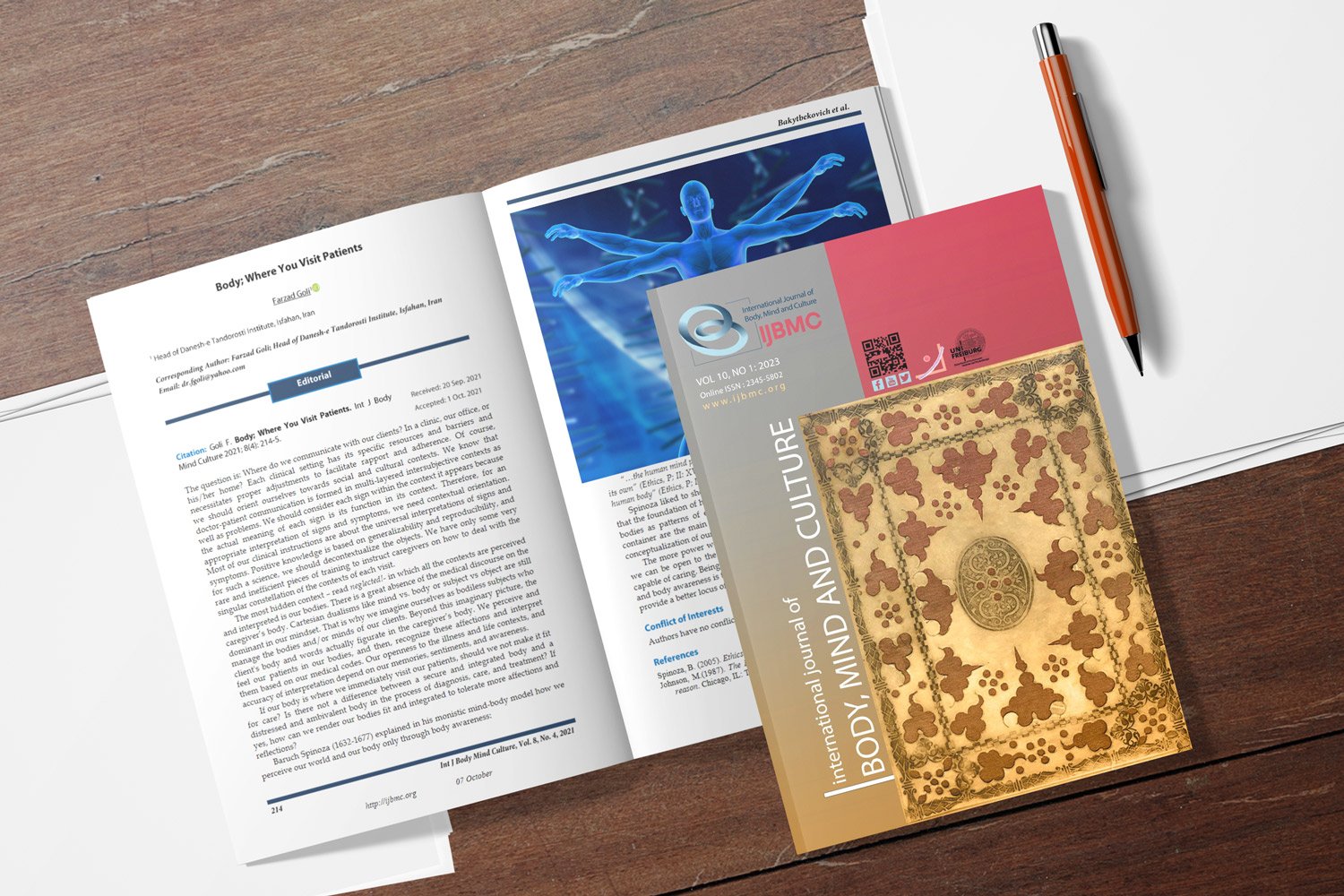Pattern and Demographic Determinants of Romantic Jealousy among Adults in Nigeria
Pattern and demographic determinants of romantic jealousy
Downloads
Background: Jealousy in a romantic relationship contributes to other factors that could either sustain or destroy that relationship. There has been an increasing trend in the rate of broken relationships, marriage, and courtships, which is contrary to historical and cultural antecedents in a multicultural environment like Nigeria. This study was conducted with the aim to assess the patterns and demographic determinants of romantic jealousy among adults
Methods: This cross-sectional study was performed on a purposefully selected sample of 229 people aged 24 and 63 years living in Delta State, Nigeria. The participants responded to the Multidimensional (Romantic) Jealousy Scale (MJS) short form in February 2022. Descriptive statistics were used to summarize the sociodemographic variables and inferential statistics (t-test for independent samples, and one-way ANOVA) were used to determine bivariate and multivariate associations.
Results: Gender differences were observed in the prevalence of the various forms of romantic jealousy. The prevalence of cognitive romantic jealousy in men was 81.7% while it was 76.8% in women [t (227) = -2.14; P < 0.05)]. The prevalence emotional jealousy among men and women was, respectively, 79.8% and 82.4% [t (227) = -0.10, P > 0.05. Moreover, the prevalence of behavioural jealousy among men and women was, respectively, 87.5% and 88% [t (227) = - 2.94, P < 0.01].
Conclusion: This study demonstrated a high prevalence of romantic jealousy among adults in Delta state, Nigeria, with significant gender variation in the cognitive and behavioural domains. Further studies and larger cohorts are required to assess the impact of personality and culture on romantic jealousy.
Downloads
Attridge, M. (2013). Jealousy and relationship closeness: Exploring the good (Reactive) and bad (Suspicious) sides of romantic jealousy. SAGE Open, 3(1), 2158244013476054. doi: 10.1177/2158244013476054.
Buss, D. M. (2000). The dangerous passion: Why jealousy is as necessary as love and sex. New York, NY: Free Press.
Buss, D. M. (2001). Human nature and culture: An evolutionary psychological perspective. J Pers, 69(6), 955-978. doi: 10.1111/1467-6494.696171
Chiweta-Oduah, O., Arinze-Umobi, C., & Chukwu, C. (2020). Spousal abuses in nigerian marriages: a multidisciplinary approach. International Journal of Comparative Law and Legal Philosophy, 2(1), 106-112.
Corzine, K. (2013). Sex differences in multiple dimensions of jealousy. Mod Psychol Stud, 18(2), 11.
Draghi-Lorenz, R. (2000). Five-month-old infants can be jealous: Against cognitivist solipsism. Proceedings of A Symposium Convened for the 12th Biennial International Conference on Infant Studies (ICIS); 2000 Nov; Brighton, England. (pp. 16-19).
Gable, S. L., & Impett, E. A. (2012). Approach and avoidance motives and close relationships. Soc Personal Psychol Compass, 6(1), 95-108. doi: 10.1111/j.1751-9004.2011.00405.x
Guardian. (2015). Nigerian woman in United States allegedly murders 'cheating' husband. Guardian 2015 Apr 27.
Guclo, O., Şenormancı, O., Şenormancı, G., & Köktürk, F. (2017). Gender differences in romantic jealousy and attachment styles. Psychiatry Clin Psychopharmacol, 27(4), 359-365. doi: 10.1080/24750573.2017.1367554
Hart, S., & Carrington, H. (2002). Jealousy in 6-month-old infants. Infancy., 3(3), 395-402. doi:10.1207/S15327078IN0303_6 [doi]. Retrieved from PM:33451216
Hart, S. L., Carrington, H. A., Tronick, E. Z., & Carroll, S. R. (2004). When infants lose exclusive maternal attention: Is it jealousy? Infancy, 6(1), 57-78. doi: 10.1207/s15327078in0601_3
Kara, E., & Deniz, M. E. (2021). An examination of irrational relationship beliefs and perfectionism as the predictors of coping with romantic jealousy. Turkish International Journal of Special Education and Guidance & Counselling, 10(2), 184-196.
Karakurt, G., Koc, E., Cetinsaya, E. E., Ayluctarhan, Z., & Bolen, S. (2019). Meta-analysis and systematic review for the treatment of perpetrators of intimate partner violence. Neurosci Biobehav.Rev., 105, 220-230. doi:S0149-7634(19)30449-X [pii];10.1016/j.neubiorev.2019.08.006 [doi]. Retrieved from PM:31415863
Kawamichi, H., Sugawara, S. K., Hamano, Y. H., Makita, K., Matsunaga, M., Tanabe, H. C. et al. (2016). Being in a romantic relationship is associated with reduced gray matter density in striatum and increased subjective happiness. Front.Psychol, 7, 1763. doi:10.3389/fpsyg.2016.01763 [doi]. Retrieved from PM:27895606
Kiecolt-Glaser, J. K., & Wilson, S. J. (2017). Lovesick: How Couples' relationships influence health. Annu.Rev.Clin Psychol, 13, 421-443. doi:10.1146/annurev-clinpsy-032816-045111 [doi]. Retrieved from PM:28301763
Kyegombe, N., Stern, E., & Buller, A. M. (2022). "We saw that jealousy can also bring violence": A qualitative exploration of the intersections between jealousy, infidelity and intimate partner violence in Rwanda and Uganda. Soc Sci Med, 292, 114593. doi:S0277-9536(21)00925-4 [pii];10.1016/j.socscimed.2021.114593 [doi]. Retrieved from PM:34847368
Love, A. B., & Holder, M. D. (2016). Can romantic relationship quality mediate the relation between psychopathy and subjective well-being? Journal of Happiness Studies: An Interdisciplinary Forum on Subjective Well-Being, 17, 2407-2429. doi: 10.1007/s10902-015-9700-2
Marazziti, D., Di Nasso, E., Masala, I., Baroni, S., Abelli, M., Mengali, F. et al. (2003). Normal and obsessional jealousy: a study of a population of young adults. Eur.Psychiatry, 18(3), 106-111. doi:S0924933803000245 [pii];10.1016/s0924-9338(03)00024-5 [doi]. Retrieved from PM:12763295
Martínez-León, N. C., & Peña, J. J. (2017). A systematic review of romantic jealousy in relationships. Ter Psicol, 35(2), 203-212.
McCarthy, K. J., Mehta, R., & Haberland, N. A. (2018). Gender, power, and violence: A systematic review of measures and their association with male perpetration of IPV. PLoS.One., 13(11), e0207091. doi:PONE-D-18-04868 [pii];10.1371/journal.pone.0207091 [doi]. Retrieved from PM:30496217
Omidoyin, T. J. (2018). Violence against persons (prohibition) act 2015: a positive step to the eradication of domestic violence in Nigeria. Nnamdi Azikiwe University Journal of International Law and Jurisprudence, 9(1), 39-51.
Omoniyi, T. O. (2023). (2021). Appraisal of harmful traditional practices in Nigeria: Magnitude, justifications and interventions. Journal of Social, Humanity, and Education, 1(1), 67–78. doi: 10.35912/jshe.v1i1.335
Paul, K. O. (2019). A critical examination of broken homes in Nigeria. Agathos, 10(1), 247-257.
Pfeiffer, S. M., & Wong, P. T. (1989). Multidimensional jealousy. J Soc Pers Relat, 6(2), 181-196. doi: 10.1177/026540758900600203
Pichon, M., Treves-Kagan, S., Stern, E., Kyegombe, N., Stockl, H., & Buller, A. M. (2020). A mixed-methods systematic review: Infidelity, romantic jealousy and intimate partner violence against women. Int J Environ.Res Public Health, 17(16). doi:ijerph17165682 [pii];ijerph-17-05682 [pii];10.3390/ijerph17165682 [doi]. Retrieved from PM:32781565
Punch. (2023). Infidelity responsible for domestic violence against men -Experts. Punch 2018 May 27.
Salovey, P. (1991). The psychology of jealousy and envy. New York, NY, US: Guilford Press.
Uthman, O. A., Lawoko, S., & Moradi, T. (2009). Factors associated with attitudes towards intimate partner violence against women: A comparative analysis of 17 sub-Saharan countries. BMC Int Health Hum Rights, 9(1), 14. doi: 10.1186/1472-698X-9-14
Uzun, G, O. (2019). A review of romantic jealousy in married people in terms of family education. Education in the Knowledge Society, 20, 291-299.
Vanguardngr. (2023). Woman suspects husband of infidelity, kills him with shoe heel. Vanguardngr 2021 Jan 3.
Ward, J., & Voracek, M. (2004). Evolutionary and social cognitive explanations of sex differences in romantic jealousy. Aust J Psychol, 56(3), 165-171. doi: 10.1080/00049530412331283381
White, G. L. (1981). A model of romantic jealousy. Motiv Emot, 5(4), 295-310. doi: 10.1007/BF00992549.
Zandbergen, D. L., & Brown, S. G. (2015). Culture and gender differences in romantic jealousy. Pers Individ Differ, 72, 122-127.
Zheng, X., Xu, X., Xu, L., Kou, J., Luo, L., Ma, X. et al. (2021). Intranasal oxytocin may help maintain romantic bonds by decreasing jealousy evoked by either imagined or real partner infidelity. J Psychopharmacol., 35(6), 668-680. doi:10.1177/0269881121991576 [doi]. Retrieved from PM:3360192
Copyright (c) 2022 International Journal of Body, Mind and Culture

This work is licensed under a Creative Commons Attribution-NonCommercial 4.0 International License.






